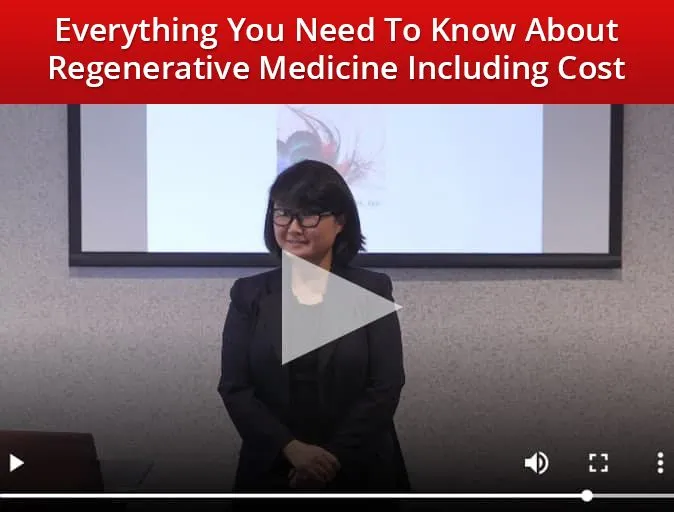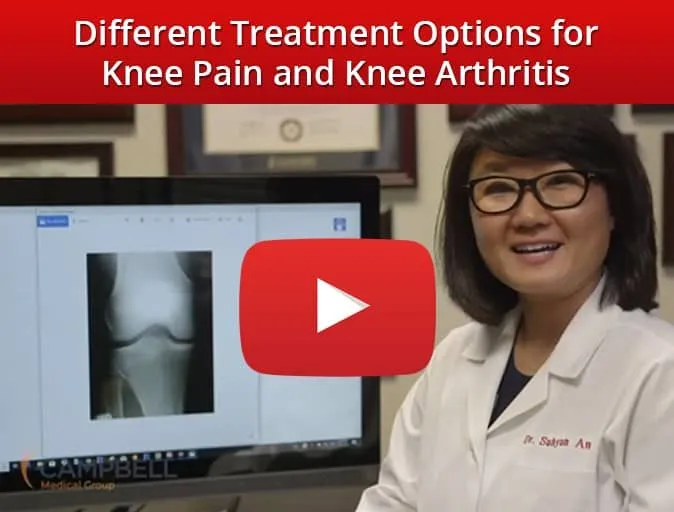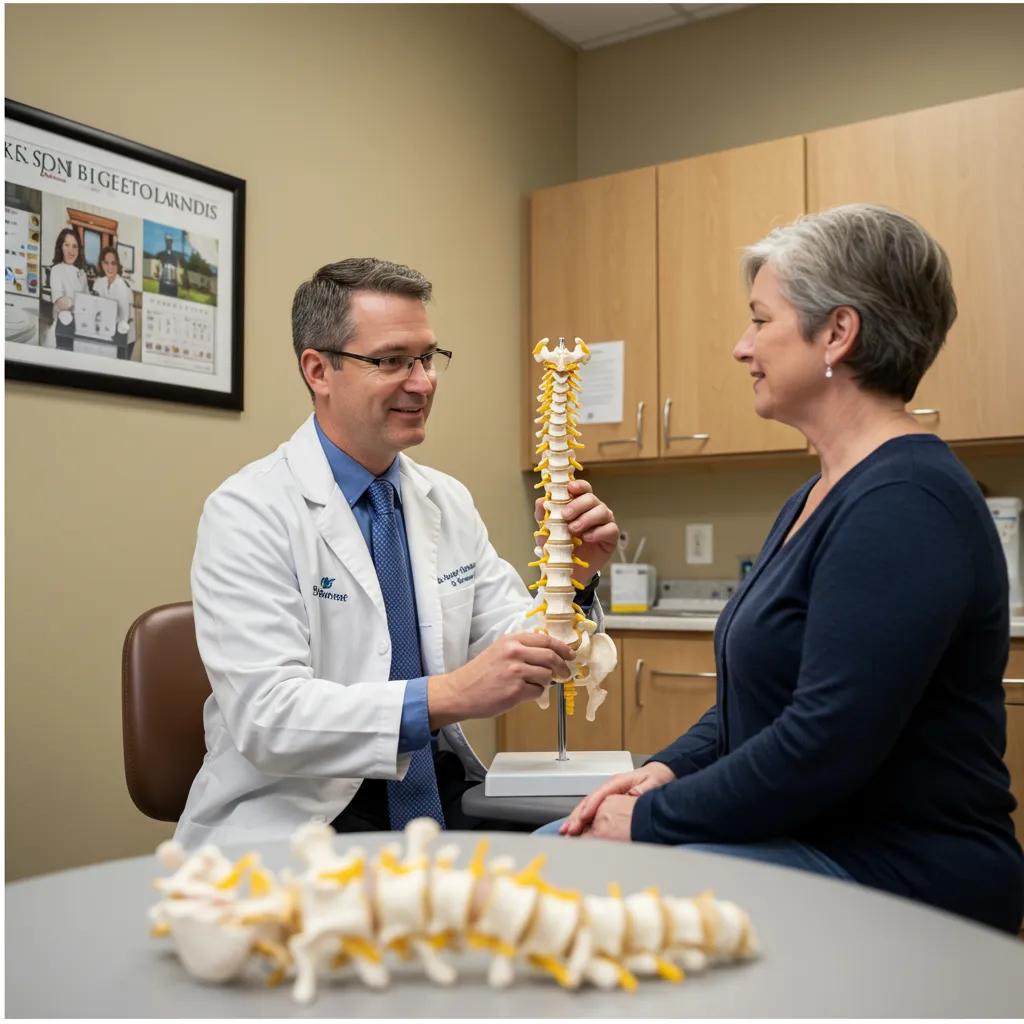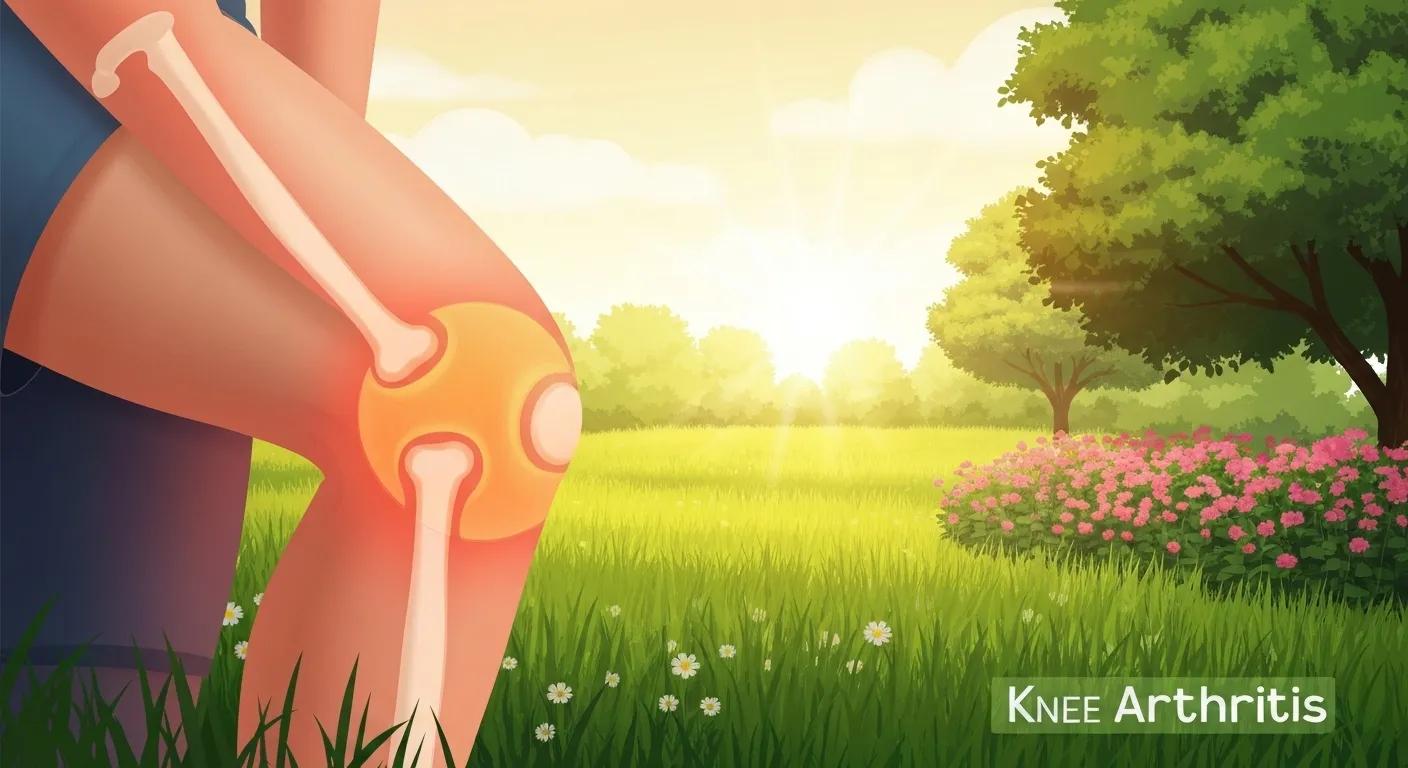Navigating Orthopaedic Care in Houston: Services, Treatments, and Your Patient Journey
Each year, countless individuals explore orthopaedic clinic services in Houston, seeking guidance for their path to pain relief and renewed mobility. Understanding what to expect—from initial assessments to cutting-edge therapies—empowers you to make informed choices and ensures a smoother recovery. This guide details the comprehensive services offered by leading Houston orthopaedic clinics, explores non-surgical pain management strategies, outlines common conditions treated, walks you through your first appointment, provides tips for selecting the right clinic, compares sports medicine approaches, and connects these insights to Campbell Health Center’s specialized expertise in Houston. By the end, you’ll have a clear picture of what lies ahead and how to find the specialized care that best suits your needs.
What Services Can You Expect from Houston Orthopaedic Clinics?
Orthopaedic clinics in Houston offer thorough evaluations, treatments, and rehabilitation for a wide range of musculoskeletal conditions. Their services cover everything from your initial consultation through advanced non-surgical and surgical interventions, all aimed at restoring function and alleviating pain.
What Orthopaedic Specialties Are Available in Houston Clinics?
Houston clinics feature specialists in areas such as adult reconstruction, sports medicine, spine care, hand and wrist surgery, foot and ankle medicine, and pediatric orthopaedics. Each specialty concentrates on specific body areas, employing evidence-based methods to address fractures, tendon injuries, degenerative conditions, and congenital issues. This focused expertise ensures patients receive tailored solutions, fostering a collaborative environment for coordinated treatment plans.
What Diagnostic Tests and Evaluations Should You Anticipate?
Your initial evaluation will typically involve a detailed review of your medical history, a thorough physical examination, imaging studies (such as X-rays, MRIs, and CT scans), and functional assessments like gait analysis. Some clinics may also utilize ultrasound diagnostics to examine soft tissues and bone density scans to check for osteoporosis. These diagnostic steps are crucial for pinpointing the source of your joint or back pain and establishing a foundation for a personalized treatment plan.
How Do Houston Clinics Approach Pain Management and Rehabilitation?
Pain management strategies often include optimizing medications, utilizing bracing and orthotics, exploring regenerative therapies, and coordinating with physical therapy. Rehabilitation focuses on creating individualized exercise programs, employing manual therapies, and facilitating neuromuscular re-education. By integrating non-surgical methods with advanced techniques, clinics help patients achieve gradual improvements in mobility, strength, and pain control, paving the way for lasting recovery.
What Non-Surgical Orthopaedic Treatments Are Commonly Provided in Houston?
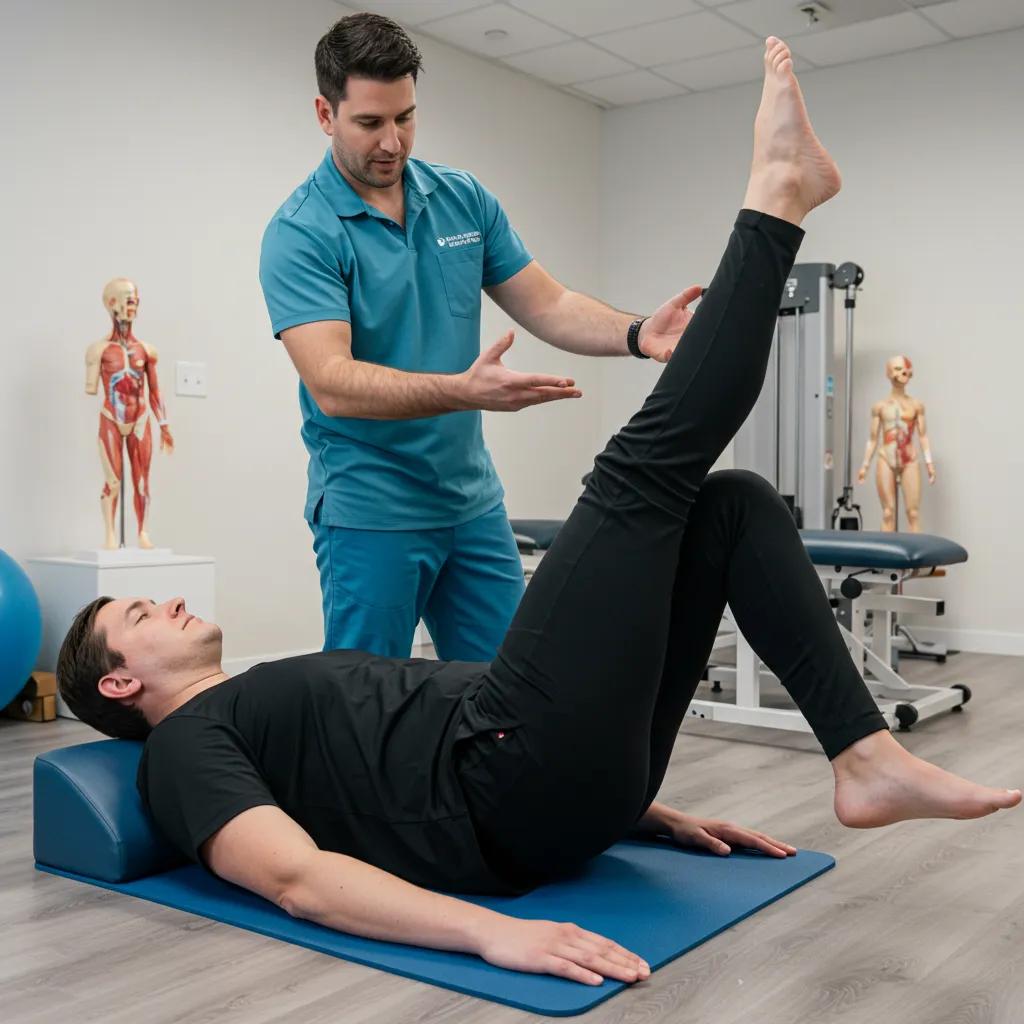
Non-surgical orthopaedic treatments in Houston prioritize healing, pain reduction, and functional recovery without the need for surgery. Treatment plans frequently combine regenerative approaches, therapeutic exercises, and minimally invasive injections.
How Does Regenerative Medicine Aid in Joint and Back Pain Relief?
Regenerative medicine leverages your body’s natural healing capabilities through treatments like platelet-rich plasma (PRP), stem cell concentrates, or cellular tissue implants. By delivering concentrated growth factors to injured ligaments or cartilage, these injections promote tissue repair, reduce inflammation, and encourage collagen production. This method supports your body’s inherent healing processes and can potentially postpone or eliminate the need for joint replacement surgery.
What Role Does Physical Therapy Play in Orthopaedic Care?
Physical therapy is essential for restoring mobility and strength through targeted exercises, manual techniques, and functional training. Therapists analyze your movement patterns to correct biomechanical issues, thereby reducing stress on joints and spinal discs. Progressive strengthening and neuromuscular re-education enhance stability, while patient education helps prevent future injuries, creating a sustainable path to pain-free daily living.
How Are Advanced Injections Used for Orthopaedic Pain Relief?
Houston clinics utilize several types of injection therapies:
- Corticosteroid Injections – Provide rapid relief from inflammation associated with bursitis and tendonitis.
- Hyaluronic Acid Injections – Lubricate joints, particularly in cases of osteoarthritis, to improve shock absorption.
- Platelet-Rich Plasma (PRP) Injections – Deliver concentrated growth factors to support soft-tissue regeneration.
- Stem Cell Concentrates – Aid cellular repair mechanisms for cartilage injuries.
These injections are designed to target localized inflammation and tissue degeneration, offering symptom relief and functional improvements without requiring invasive surgery.
What Are the Benefits of Chiropractic Care and Spinal Decompression?
Chiropractic adjustments help realign spinal segments, relieving nerve compression and enhancing joint function. Spinal decompression therapy uses gentle traction to reduce pressure on discs, alleviating symptoms from bulges and herniations and restoring normal disc height. Together, these treatments can improve nutrient flow to the discs, decrease pain, and support the natural recovery of spinal structures.
What Conditions Do Houston Orthopaedic Clinics Commonly Treat?
Patients seek care at Houston orthopaedic clinics for a variety of acute and chronic musculoskeletal disorders. Clinics address conditions affecting the joints, spine, and peripheral nerves, offering specialized non-surgical and surgical treatments tailored to the severity of the condition and the patient’s goals.
How Is Knee Pain Diagnosed and Treated Without Surgery?
The evaluation of knee pain typically includes physical tests to assess ligament stability, MRI scans to examine cartilage health, and biomechanical gait analysis. Non-surgical treatments often involve strengthening exercises for the quadriceps, bracing, PRP injections, and hyaluronic acid injections. This comprehensive approach aims to reduce stress on the knee joint, improve shock absorption, and help restore pain-free knee function.
The conservative management of early knee osteoarthritis frequently involves a combination of non-pharmacological, pharmacological, and minimally invasive injection therapies designed to restore joint balance and achieve clinical improvement.
Non-Surgical Management of Early Knee Osteoarthritis
Conservative approach is usually the first choice for the management of the knee degeneration processes, especially in the phase of the disease recognized as early osteoarthritis (OA) with no clear lesions or associated abnormalities requiring to be addressed surgically. A wide spectrum of treatments is available, from non-pharmacological modalities to dietary supplements and pharmacological therapies, as well as minimally invasive procedures involving injections of various substances aiming to restore joint homeostasis and provide clinical improvement and possibly a disease-modifying effect. Numerous pharmaceuticals have been proposed, but since no therapy has shown all the characteristic of an ideal treatment, and side effects have been reported at both systemic and local level, the use of pharmacological agents should be considered with caution by assessing the risk/benefit ratio of the drugs prescribed. Both patients and physicians should have realistic outcome goals in pharmacological treatment, which should be considered together with other conservative measures. A combination of these therapeutic options is a more preferable scenario, in particular considering the evidence available for non-pharmacological management. In fact, exercise is an effective conservative approach, even if long-term effectiveness and optimal dose and administration modalities still need to be clarified. Finally, physical therapies are emerging as viable treatment options, and novel biological approaches are under study. Further studies to increase the limited medical evidence on conservative treatments, optimizing results, application modalities, indications, and focusing on early OA will be necessary in the future.
Non-surgical management of early knee osteoarthritis, E Kon, 2012
What Are Non-Surgical Options for Managing Chronic Back Pain?
Chronic back pain management integrates core stabilization exercises, ergonomic adjustments, epidural steroid injections, radiofrequency ablation of facet joints, and regenerative cell therapies. By addressing muscle imbalances, spinal alignment, and nerve inflammation, clinics help patients achieve lasting relief and reduce their dependence on opioid medications.
How Is Peripheral Neuropathy Addressed in Orthopaedic Clinics?
Treatment for peripheral neuropathy may include nerve conduction studies, specialized footwear or orthotics for diabetic neuropathy, physical therapies like shockwave therapy, and targeted regenerative injections near nerve roots. Clinics often collaborate with pain psychologists and nutrition specialists to develop comprehensive strategies for nerve health, promoting nerve regeneration and symptom relief.
What Treatments Are Available for Arthritis and Joint Pain?
Arthritis care encompasses optimizing weight-bearing through physical therapy, using anti-inflammatory medications, viscosupplementation, regenerative injections, and platelet-derived growth factor therapies. Lifestyle guidance on exercise, nutrition, and joint protection helps minimize cartilage wear and supports long-term joint health.
What Should You Expect During Your First Visit to a Houston Orthopaedic Clinic?
Your initial visit is crucial for establishing a diagnosis, developing a treatment plan, and providing patient education. Clinics are structured to ensure your condition and recovery objectives are thoroughly understood.
How Is Your Initial Consultation Structured?
The consultation begins with a detailed review of your health history, including past injuries, surgeries, and pain patterns. Your provider will conduct a focused physical examination, assessing your range of motion, strength, and neurological function. They will review any previous imaging and may order additional tests to confirm the diagnosis. This comprehensive intake ensures a precise clinical picture.
What Diagnostic Procedures Will Be Performed?
Based on your clinical findings, the clinic might order digital X-rays to evaluate bone alignment, MRI scans for detailed soft-tissue imaging, CT scans for complex fractures, bone scans for stress injuries, and laboratory tests to rule out inflammatory conditions. Each procedure provides specific data to refine your treatment strategy.
How Is a Personalized Treatment Plan Developed?
Following a thorough analysis, your clinician will present a customized plan that may include non-surgical and, if necessary, surgical options. They will explain the expected timelines, details of any procedures, potential risks, and rehabilitation protocols. Collaborative goal-setting ensures your active participation and commitment to your therapy milestones.
What Questions Should You Ask Your Orthopaedic Doctor?
Be prepared to ask questions covering:
- Expected recovery timeline and functional goals
- Potential risks and benefits of treatments, including non-surgical alternatives
- Rehabilitation protocols and the recommended frequency of visits
- Insurance coverage and cost details for proposed procedures
Asking these questions empowers you to make well-informed decisions and sets realistic expectations for your care.
How Do You Choose the Best Orthopaedic Clinic or Doctor in Houston?
Selecting a clinic involves assessing their expertise, approach to care, patient experience, and the technologies they employ. A structured approach to decision-making ensures your needs align with the clinic’s capabilities.
What Factors Should Influence Your Clinic Selection?
Prioritize clinics with board-certified surgeons or specialists, recognized accreditation, a collaborative multidisciplinary team, transparent outcome data, and positive patient satisfaction ratings. On-site amenities like imaging and therapy services can streamline your treatment process and enhance care coordination.
Why Is a Multidisciplinary Approach Important in Orthopaedic Care?
A multidisciplinary model brings together orthopaedists, physical therapists, pain management specialists, nutritionists, and psychologists under one roof. This coordinated team approach addresses all facets of musculoskeletal health, focusing on resolving the root cause of issues rather than just managing symptoms.
How Do Non-Surgical Treatment Options Affect Your Choice?
Clinics that offer advanced non-surgical treatments—such as regenerative medicine, guided injections, shockwave therapy, and spinal decompression—provide more conservative options that can reduce surgical risks and shorten recovery periods. Access to these treatments is particularly beneficial for patients seeking minimally invasive solutions.
What Role Do Patient-Centric Practices Play in Your Decision?
Clinics that emphasize patient-centered care—dedicating ample time for consultations, offering insurance-independent treatment planning, providing transparent pricing, and engaging in shared decision-making—build trust and improve patient adherence to treatment plans. Personalized attention often leads to better outcomes and higher satisfaction.
How Do Houston Sports Medicine Clinics Differ From General Orthopaedic Clinics?
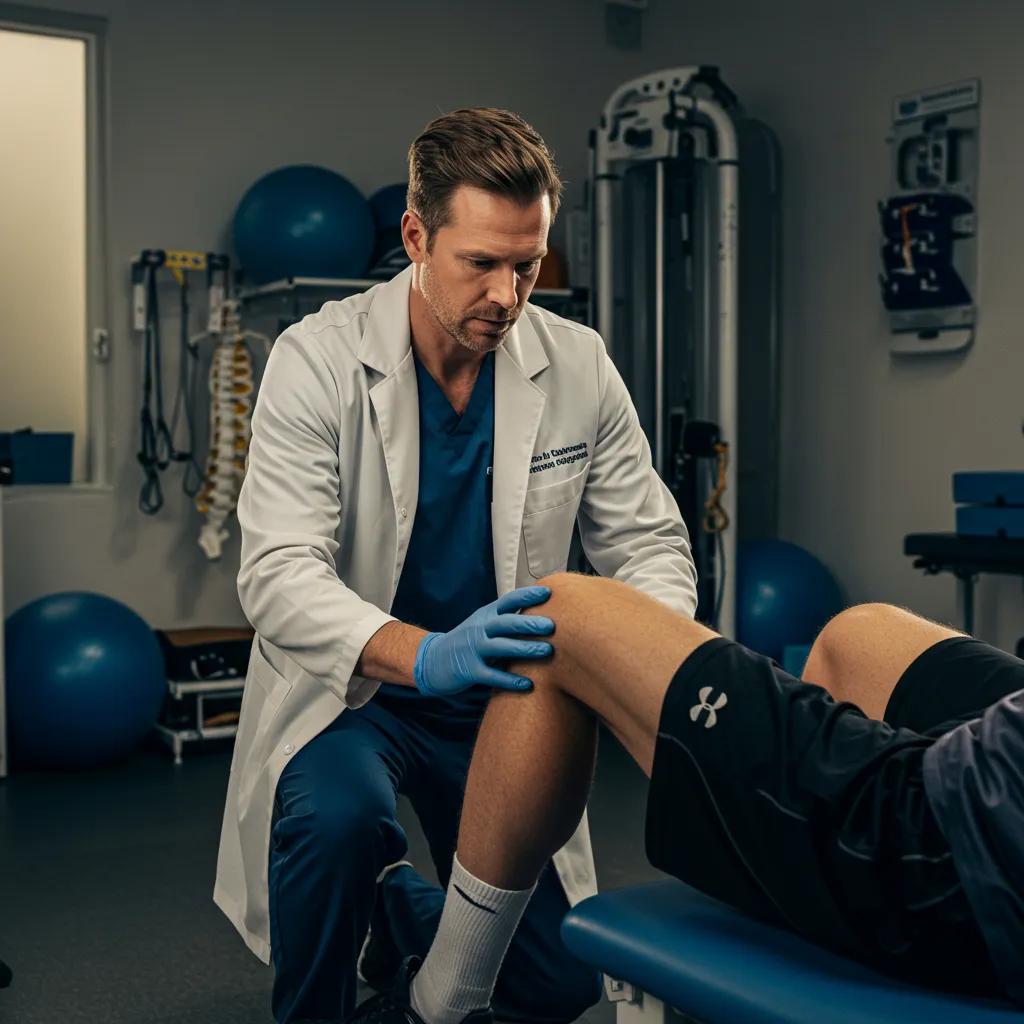
Sports medicine clinics specialize in the prevention, diagnosis, and rehabilitation of athletic injuries. Their expertise and treatment protocols are specifically designed for the unique demands faced by active individuals and athletes.
What Specialized Services Are Offered for Sports Injuries?
Sports medicine providers offer on-field injury assessment, concussion management, kinetic chain analysis, PRP treatments for tendon repair, and custom sport-specific bracing. These services are designed to expedite your return to play and optimize performance through targeted recovery strategies.
How Is Rehabilitation Managed in Sports Medicine Clinics?
Rehabilitation programs focus on functional drills, proprioception training, plyometrics, and sport-specific simulated exercises. Coaches and therapists work together to ensure progressive loading that mimics athletic demands, thereby reducing the risk of re-injury and preparing athletes for a safe return to competition.
When Should Athletes Seek Care at a Sports Medicine Clinic?
Athletes, whether professional or recreational, should consult a sports medicine specialist for acute injuries like sprains, stress fractures, tendon ruptures, or any condition that limits performance and requires advanced biomechanical evaluation. Early intervention in these cases can prevent long-term issues and speed up a safe return to their sport.
How Does Campbell Health Center’s Houston Expertise Relate to Houston Orthopaedic Care?
While Campbell Health Center is based in Houston, its patient-focused, multidisciplinary approach to non-surgical treatments offers valuable insights for individuals seeking orthopaedic care in Houston. Understanding these parallels can empower patients everywhere to find advanced pain relief solutions.
What Non-Surgical Pain Relief Treatments Does Campbell Health Center Provide?
Campbell Health Center offers regenerative medicine (including stem cell therapy and PRP), chiropractic adjustments, shockwave therapy, PEMF therapy, spinal decompression, and comprehensive diagnostic testing. These modalities align with the non-surgical options available at Houston clinics, emphasizing root-cause resolution over temporary symptom management.
How Does Campbell’s Patient-Centric Model Compare to Houston Clinics?
Similar to leading Houston providers, Campbell Health Center operates independently of insurance limitations, dedicating ample consultation time to thoroughly understand each patient’s history and objectives. Its integrated multidisciplinary team collaborates internally, reflecting the comprehensive care model found in top orthopaedic practices.
Why Consider Non-Surgical Alternatives Before Surgery?
Non-surgical interventions often lead to shorter recovery times, reduced complication risks, and preservation of joint integrity by stimulating natural repair processes. Embracing regenerative therapies and targeted injections can help delay or even eliminate the need for invasive procedures while supporting sustainable pain management.
How Can Houston Patients Benefit From Campbell Health Center’s Advanced Therapies?
Houston patients experiencing knee pain, back discomfort, peripheral neuropathy, or arthritis can access the same innovative non-surgical treatments discussed in this guide. By utilizing regenerative medicine, precise spinal decompression, and therapeutic modalities, individuals can achieve improved mobility and quality of life comparable to the standards of care offered by Houston orthopaedic specialists.
Proactive planning for orthopaedic care—whether you are in Houston or Houston—begins with understanding the available services, exploring non-surgical options, and selecting a clinic that prioritizes your needs. With this knowledge, you can confidently approach your first visit, collaborate with a multidisciplinary team, and pursue advanced pain management solutions that restore your function and independence.
Frequently Asked Questions
What should I bring to my first appointment at an orthopaedic clinic?
When attending your first appointment at an orthopaedic clinic, it’s essential to bring relevant medical records, including previous imaging studies, a list of medications you are currently taking, and any notes on your medical history. Additionally, prepare a list of questions you may have regarding your condition and treatment options. This information will help your healthcare provider understand your situation better and develop a personalized treatment plan tailored to your needs.
How long does recovery typically take after non-surgical treatments?
The recovery time after non-surgical treatments can vary significantly based on the specific condition being treated and the type of therapy used. Generally, patients may start to notice improvements within a few weeks, but full recovery can take several months. Factors such as age, overall health, and adherence to rehabilitation protocols also play a crucial role in recovery duration. It’s important to discuss your expected recovery timeline with your healthcare provider during your consultation.
Are there any risks associated with non-surgical treatments?
While non-surgical treatments are generally considered safe, they can carry some risks, including allergic reactions to injections, infection, or temporary discomfort at the injection site. Additionally, not all patients respond to non-surgical therapies, and some may require further intervention. It’s crucial to have an open discussion with your healthcare provider about the potential risks and benefits of any treatment plan to ensure it aligns with your health goals and expectations.
How can I manage pain at home while undergoing treatment?
Managing pain at home during treatment can involve several strategies. Over-the-counter pain relievers, such as ibuprofen or acetaminophen, can help alleviate discomfort. Applying ice or heat to the affected area may also provide relief. Additionally, engaging in gentle stretching and low-impact exercises, as recommended by your healthcare provider, can improve mobility and reduce pain. Always consult your doctor before starting any home management techniques to ensure they are appropriate for your condition.
What lifestyle changes can support my recovery from orthopaedic issues?
Making certain lifestyle changes can significantly support your recovery from orthopaedic issues. Maintaining a balanced diet rich in anti-inflammatory foods, staying hydrated, and managing your weight can help reduce stress on your joints. Incorporating regular, low-impact exercise, such as swimming or walking, can improve strength and flexibility. Additionally, prioritizing sleep and managing stress through relaxation techniques can enhance your overall well-being and facilitate a smoother recovery process.
How do I know if I need to see a specialist for my condition?
If you are experiencing persistent pain, limited mobility, or symptoms that interfere with your daily activities, it may be time to consult a specialist. Signs that warrant a visit include severe pain that does not improve with rest, swelling, or difficulty performing routine tasks. Early intervention can prevent further complications and improve treatment outcomes. If in doubt, discussing your symptoms with your primary care physician can help determine the need for a specialist referral.

